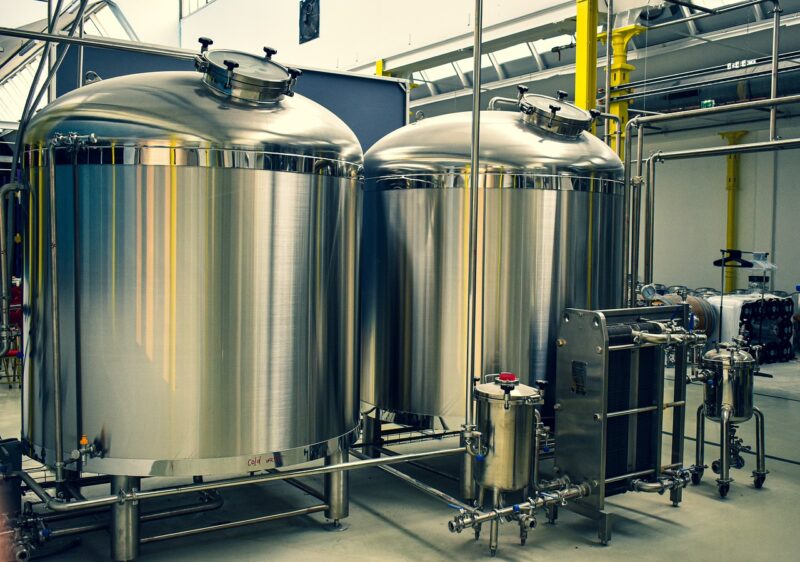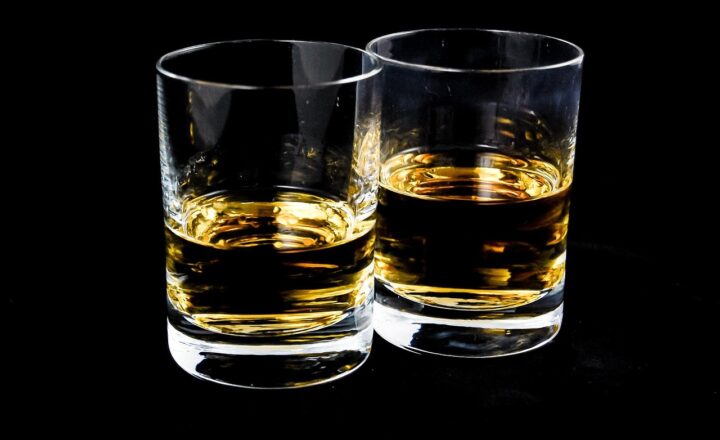The Role of Sugars in Fermentation: How They Shape Alcoholic Beverages
November 11, 2024

Fermentation is a fascinating biochemical process that has been utilized by humans for thousands of years to produce a variety of alcoholic beverages. At the heart of this process lies sugar, a fundamental component that catalyzes fermentation and ultimately shapes the flavors, aromas, and alcohol content of beverages like beer, wine, and spirits. Understanding the role of sugars in fermentation not only enlightens us about the science behind brewing and distilling but also enhances our appreciation for these age-old crafts.
1. What is Fermentation?
Fermentation is a metabolic process in which microorganisms, primarily yeast and bacteria, convert sugars into alcohol and carbon dioxide. This process can occur in the absence of oxygen (anaerobic fermentation) or in environments with varying oxygen levels (aerobic fermentation). While many people associate fermentation exclusively with the production of alcoholic beverages, it also plays a crucial role in the making of bread, cheese, yogurt, and various other food products.
In alcoholic fermentation, yeast cells consume fermentable sugars and produce ethanol (alcohol) and carbon dioxide as byproducts. This process not only contributes to the alcohol content of the beverage but also significantly affects its taste.
2. The Types of Sugars Involved in Fermentation
Different types of sugars can be utilized in fermentation, each affecting the end product in unique ways. The primary sugars involved include:
- Glucose: This simple sugar is readily fermentable by yeast and is often found in high concentrations in fruits, honey, and some grains. It is one of the main sugars converted during fermentation, contributing to the initial alcohol production and influencing sweetness.
- Fructose: Another simple sugar, fructose, is predominantly found in fruits as well. Yeast can ferment fructose almost as efficiently as glucose, and it also adds to the overall sweetness of the final product. However, the metabolic pathway for fructose fermentation is slightly different than that for glucose.
- Sucrose: Known as table sugar, sucrose is a disaccharide composed of glucose and fructose. Yeast can ferment sucrose efficiently, but it must first break it down into its constituent monosaccharides before the fermentation process can take place. Many recipes for homebrewing use sucrose because it readily dissolves in water and is a cost-effective fermentable sugar.
- Maltose: This disaccharide is primarily produced from starch and is a key component in brewing beer, as it is derived from malted grains. Yeast requires enzymes to convert maltose into glucose before fermenting it, which is why malted grains are essential in beer production.
- Lactose: Found in milk, lactose is a disaccharide that many yeast strains cannot ferment. However, specialized yeast and bacteria can ferment lactose, leading to products like milk stouts and certain styles of sour beers.
Understanding the types of sugars involved allows producers to choose appropriate ingredients and fermentation methods to control the sweetness and alcohol levels of their beverages.
3. The Fermentation Process: A Step-by-Step Overview
The fermentation process can be broken down into several key steps:
- Preparation of the Must or Mash: In winemaking, the crushed fruit and juice form what is known as must. In brewing, malted grains are mashed to extract fermentable sugars, creating a mash. This preparation step is crucial, as it determines the brews’ flavor profile and potential alcohol content.
- Pitching the Yeast: Once the must or mash is prepared, yeasts are added to initiate fermentation. The type of yeast selected plays a significant role in determining the final flavor, aroma, and alcohol content of the beverage. Different yeast strains have varying alcohol tolerances, temperature preferences, and flavor profiles.
- Fermentation: The yeast begins to consume the sugars in the mixture, converting them to alcohol and carbon dioxide. This process can take anywhere from a few days to several weeks, depending on factors such as temperature, yeast strain, and overall sugar concentration. During fermentation, a variety of flavors and byproducts emerge, creating the complexity of the beverage.
- Racking and Aging: After fermentation is complete, the beverage is often transferred (or racked) to another vessel, allowing sediment to settle. This step can also involve aging the beverage to develop its flavors further. During this time, interactions between the alcohol, remaining sugars, and other compounds can lead to new flavor profiles.
- Filtration and Bottling: Once aging is complete, the beverage may be filtered to remove any remaining yeast or sediment before being bottled. At this stage, many producers may choose to add additional sugars or ingredients to create carbonation or enhance flavors, depending on the style of beverage being created.
This process highlights how integrated sugars are in each step of fermentation, influencing every aspect of the final product.
4. The Influence of Sugar Levels on Alcohol Content
The amount of sugar present in the starting mixture is a crucial determinant of the final alcohol content of the beverage. Yeast converts approximately 51% of sugars into alcohol, meaning that higher sugar concentrations will yield higher alcohol levels. For instance:
– Low Sugar Levels: Drinks like light beers may start with lower sugar concentrations, resulting in lower alcohol content (around 3% to 4% ABV).
– Moderate Sugar Levels: Wines typically range from 9% to 16% ABV, depending on the grape variety and fermentation process, starting with moderate sugar content.
– High Sugar Levels: Fortified wines and spirits are produced by starting with high sugar content and often involve specific processes, such as adding sugar syrup or distillation, allowing them to achieve higher alcohol content (up to 40% ABV or more).
Many winemakers and brewers carefully calculate the sugar content before fermentation to ensure they create a beverage with the desired alcohol level and taste profile.
5. The Contribution of Sugars to Flavor and Aroma
The sugars present in the fermentation mixture do more than just provide a source for alcohol production; they also contribute significantly to the flavor and aroma of the beverage. When yeasts ferment sugars, they produce a variety of byproducts, including esters and phenols, which affect the sensory characteristics of the drink.
– Esters: These organic compounds often yield fruity flavors and are produced when yeast ferments simpler sugars. For example, a wine fermented with high fructose content may exhibit pronounced stone fruit or berry notes.
– Phenols: Yeasts also produce phenolic compounds that can provide spicy, floral, or even astringent flavors depending on the fermentation environment and the types of sugar being fermented.
– Residual Sugars: Not all sugars are fermented during the process, leading to residual sugars in the final product. This residual sweetness can balance acidity and enhance mouthfeel, contributing to the overall complex profile of the beverage.
The combination of fermented sugars and their resultant compounds create the rich tapestry of smells and flavors that make different alcoholic beverages unique.
6. Conclusion: The Integral Role of Sugars in Fermentation
Understanding the role of sugars in fermentation not only demystifies the science behind your favorite alcoholic beverages but also empowers you to appreciate their complexity and artistry. From the choice of ingredients to the fermentation process itself, sugars are integral in determining the alcohol content, flavor, and aroma profiles of these drinks. Whether you prefer the crispness of a cold beer, the elegance of a fine wine, or the warmth of aged whiskey, the journey from sugar to sip reveals a fascinating world of fermentation that has captivated humankind through the ages.
As you explore this realm, remember that sugar is not merely a sweetener but a vital element that invigorates the entire fermentation process, shaping each drink’s character and story.







